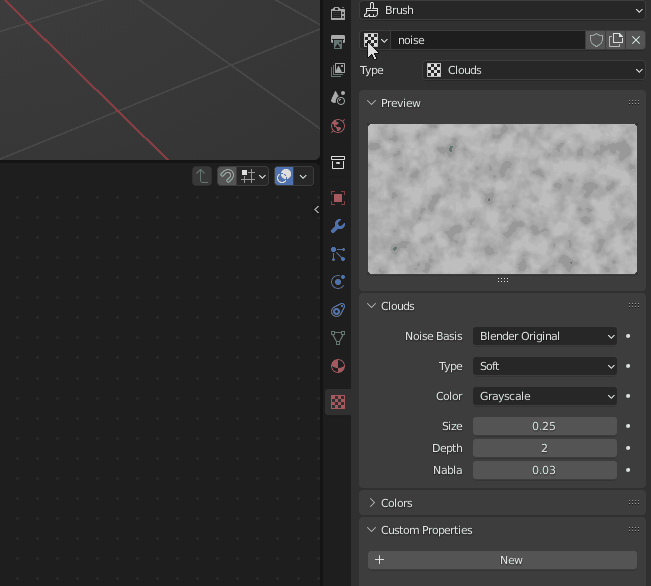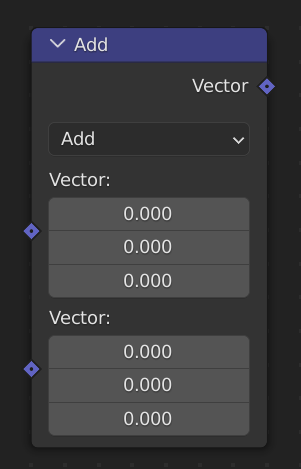i found tutorial made by Default Cube which shows how to make some cool visuals - you can find it here https://youtu.be/Doqs_4FHo6U?t=245. Link is time stamped at exact moment where my problem happens (around 4th minute).
So, in film the author is using attribute nodes that are considered "legacy" by blender org and will be deleted in blender 4.0. But some of them are already unaccesible.
For example first node is attribute sample texture. It vanished from the add node menu. Fortunately, i know how to bring this one back, by dragging it from texture menu.
like this:

But then there are nodes as Vector Math node, but not this one:
but the one author uses in video, that has a geometry input in.
So my question could be answered in one of two ways:
- how to access this legacy nodes on blender 3.0 (cause they are there somewhere)?
- how to transfer geometry output to some data that is tranformable in math nodes (retaing ability to rebuild that geometry after) - basically how to do what is done on video without these legacy nodes?
i guess 2nd way is more future resitant as this legacy node will go vanish on blender 4.0 release (or even sooner).




